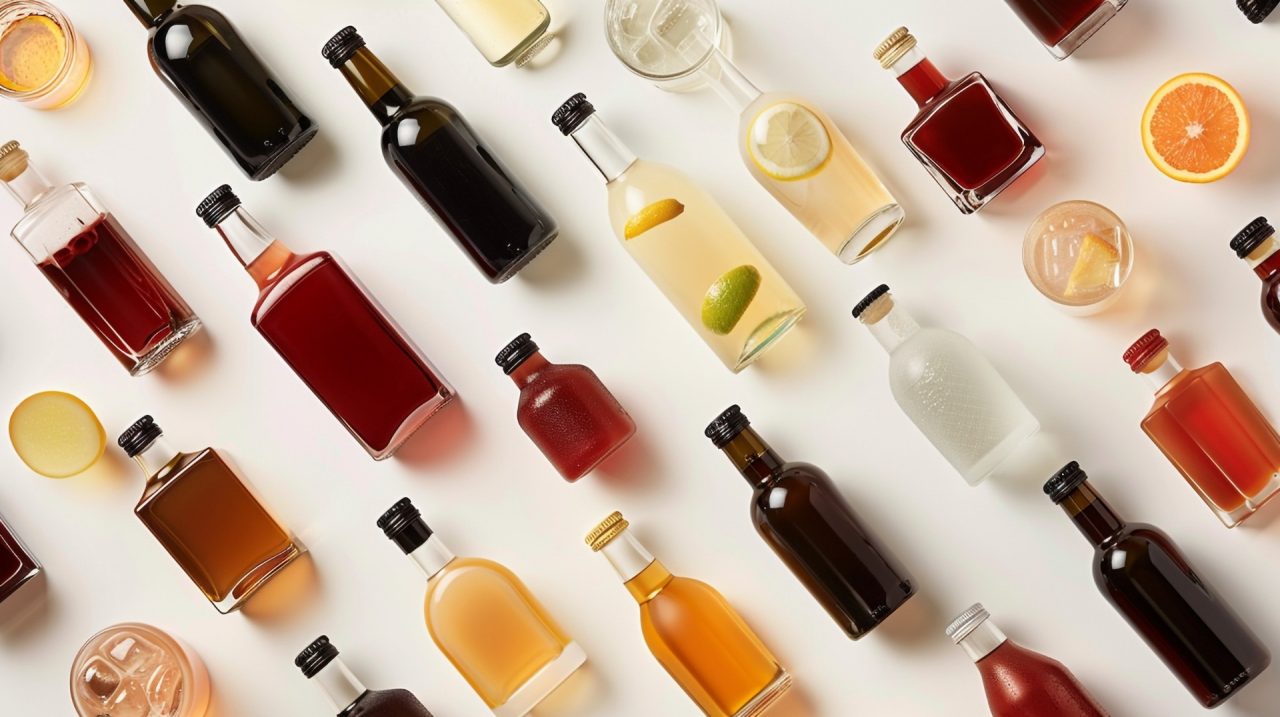“A lot of people who don’t currently drink are people who used to drink heavily, or who have health problems that led them to quit,” said Keith Humphreys, PhD, a professor of psychiatry and behavioral sciences and the Esther Ting Memorial Professor. “That skews the data, making moderate drinkers look healthier by comparison.”
Stafford said he noticed this trend. People with poor health tend to drink less.
“I’ve seen many patients who either consciously or unconsciously reduce their alcohol intake because they’re just not feeling good. Then they go on to be diagnosed with a chronic disease,” he said. “Now these people are non-drinkers and they are also not healthy, but the not-currently-drinking status is not what caused their health problems; it is actually the other way around.”
When newer, larger studies account for these and other variables, the protective effect of alcohol tends to disappear.
“We have bought into a storyline about alcohol that, when you really look at the facts, is not there,” Stafford said. “There is a mythology about alcohol having positive benefits as well as alcohol being neutral for human health.”
What alcohol really does to you
Even at low levels, alcohol can have significant effects on the body. A 2024 study in the Journal of the American Medical Association followed more than 135,000 drinkers age 60 and over and found that even moderate alcohol intake was associated with a higher death rate — with much of that increase seen in cancer and cardiovascular disease.
A 2024 report from the American Association for Cancer Research concluded that more than 5% of all cancers in the U.S. are attributable to alcohol use. The more alcohol consumed, the greater the risk of cancer, but the risks start with any alcohol consumption.
“Any amount of alcohol increases your risk of certain cancers, especially those along the digestive tract — mouth, throat, esophagus, colon,” Humphreys said. “And for women, alcohol increases the risk of breast cancer.”
A 2025 U.S. Surgeon General’s Advisory reported that among 100 women who have less than one drink per week, about 17 will develop an alcohol-related cancer. Among 100 women who have one drink a day, 19 will, and among 100 women who have two drinks a day, about 22 will.
The health risks of alcohol develop because ethanol, the type of alcohol found in beverages, metabolizes into a compound called acetaldehyde, which damages DNA and other cellular components. When acetaldehyde builds up in the body, it can damage cells throughout the digestive system and beyond.

Previous Next
Addiction
The initial contact points — mouth, throat, esophagus and stomach — are most vulnerable, which is why these areas show some of the strongest links to alcohol-related cancers. But acetaldehyde and alcohol’s other metabolic effects also impact the liver, where it contributes to inflammation and fatty liver disease, and the brain, where it disrupts signaling related to mood, memory and decision making.
Newer studies are also uncovering how alcohol may interfere with the immune system and accelerate molecular signs of aging.
Links between alcohol and mental health have also become clearer in recent years. Even in people who are not struggling with alcohol use disorder, drinking alcohol can affect other psychiatric conditions.
“Even low-level drinking can worsen anxiety and depression, particularly in those who use alcohol to cope emotionally,” Humphreys said. “What helps in the short term can harm in the long run.”

(Adobe Stock/Jantira)
What does ‘moderate drinking’ mean?
Moderate drinking is typically defined by public health agencies as up to one alcoholic drink per day for women and up to two for men. A standard drink is 12 ounces of beer, 5 ounces of wine or 1.5 ounces of distilled spirits. But experts caution that even within these guidelines, individual risk varies. Factors including age, genetics, body size and existing health conditions all influence how alcohol affects a person.
“The same amount of alcohol can have very different effects depending on who you are,” said Che-Hong Chen, PhD, a Stanford molecular biologist who studies how humans process alcohol. “That’s why a one-size-fits-all definition of moderation is so tricky.”
Chen’s research has shown how alcohol affects people of East Asian descent who have a genetic variation, ALDH2, which interferes with their ability to metabolize acetaldehyde. These people — about 8% of the world’s population — often experience facial flushing and a rapid heartbeat after just one drink. But their outward symptoms are just part of the story.
A lot of people with this genetic variant are aware of some of the visible symptoms, but they don’t know that it means alcohol really puts them at more risk than other people.”
— Che-Hong Chen
“A lot of people with this genetic variant are aware of some of the visible symptoms, but they don’t know that it means alcohol really puts them at more risk than other people,” Chen said.
Because acetaldehyde accumulates more quickly in people with the ALDH2 variant, they are at an increased risk of alcohol-related diseases, including cancer and heart disease, even at lower levels of alcohol consumption.
“If you have this mutation, one drink can be the equivalent of four or five for someone else in terms of how much acetaldehyde accumulates,” he said. “For those individuals, the safest choice is to avoid alcohol entirely.”
While ALDH2 is the most common inherited variation to affect how well someone can handle alcohol — and its’ long-term risks — it is not the only factor. Some people are already at higher risk of chronic diseases like diabetes and heart disease because of their genetics or other risky behaviors like tobacco use.
Recent research has also shown that adults over the age of 50 or 60 show signs of impairment at lower blood alcohol concentrations than younger people. They are also more likely to already be living with chronic diseases, and to be taking prescription medications that might interact poorly with alcohol. Because women metabolize alcohol differently than men, and tend to have smaller bodies, the same amount of alcohol can have a stronger effect for them.
Is there a ‘safe’ amount of alcohol?
With so much data and so many variables, public health recommendations concerning alcohol differ around the world.
As of August 2025, the current U.S. Dietary Guidelines for Americans continued to recommend that men consume no more than two drinks per day and women no more than one. However, those guidelines also emphasize that people who don’t currently drink shouldn’t start.
Meanwhile, countries including Canada have moved to more cautious recommendations, advising no more than two drinks per week for all adults.
“We’re seeing a shift in policy as the evidence becomes clearer,” Stafford said. “Organizations like the World Health Organization are now saying that no amount of alcohol is truly safe.”
Some legislators have even proposed adding warning labels on alcohol products — similar to those on nicotine products. Chen likes the idea, given that fewer than half of all American are aware of the link between alcohol and cancer.
We need to treat alcohol more like tobacco. This is causing cancer, even more so for East Asian people who are more vulnerable.”
— Che-Hong Chen
“I am 100% behind that,” he said. “We need to treat alcohol more like tobacco. This is causing cancer, even more so for East Asian people who are more vulnerable.”
Ultimately, clinicians like Stafford and Humphreys said they hope people who decide to drink alcohol do it consciously, armed with knowledge about its risks.
“We don’t have strong evidence of any health benefit from moderate drinking, but we do have strong evidence of harm,” Stafford said. “Every time we get in a car, we are taking a risk, but the risk is offset by the benefits of being able to get somewhere. With alcohol, it’s also a calculation about how much risk you want to take.”
“The only perfectly safe amount of alcohol is none, but understanding your own risk factors can help you decide how much, if any, alcohol is acceptable for you,” agreed Humphreys. “If you stay within a drink a day and take some days off, that might be a reasonable level of risk for most people.”
While the idea of abstaining completely may feel daunting, there’s a growing cultural shift toward mindful drinking, or not drinking. Younger generations are drinking less and non-alcoholic beverages are becoming more popular.
“The alcohol industry spent decades convincing people that drinking was glamorous and healthy,” Humphreys said. “Now, more people are starting to see through that.”
Stanford Medicine research

